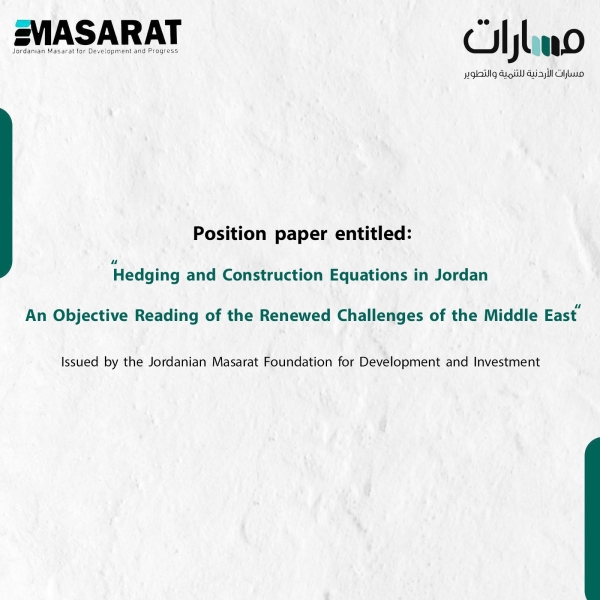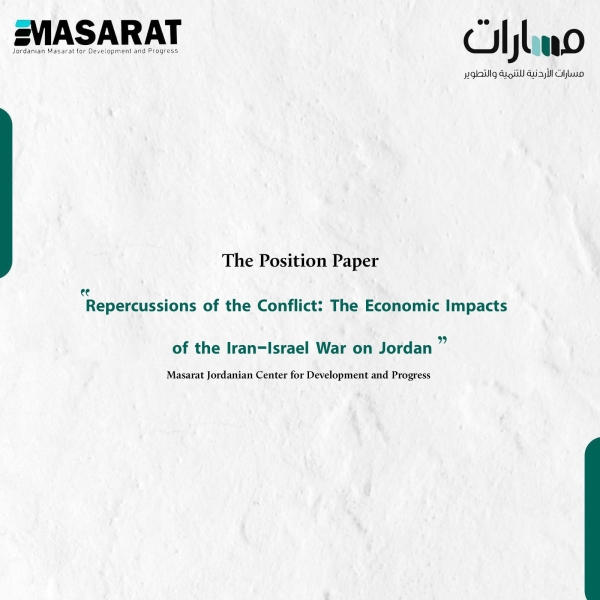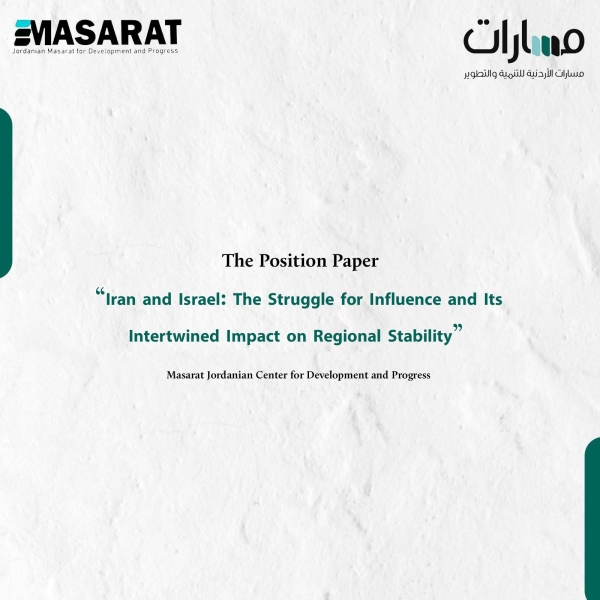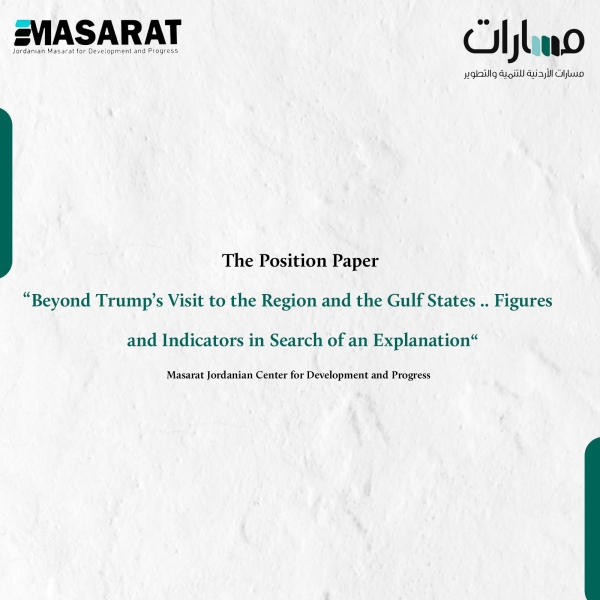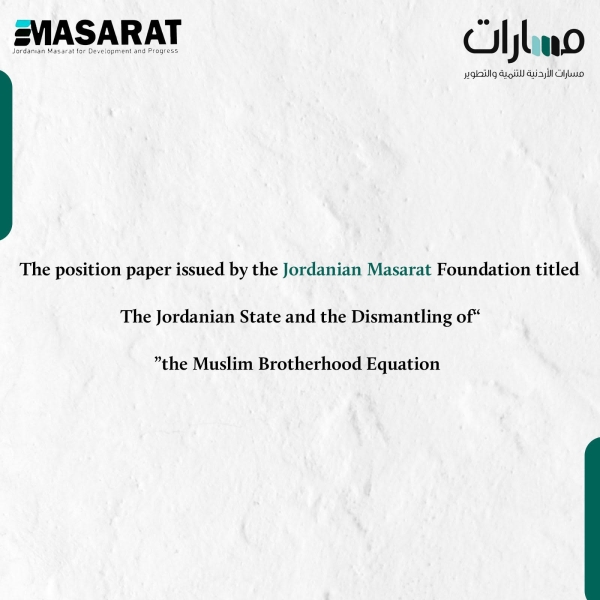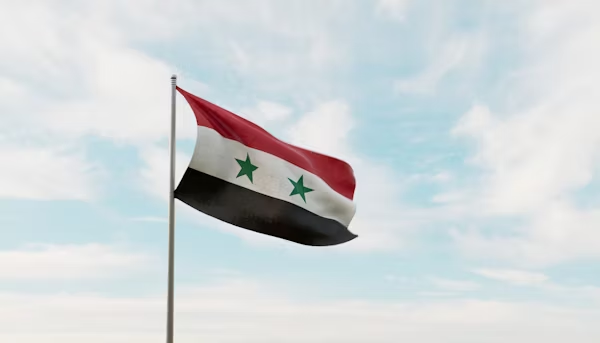“The U.S. Strike on Iran and Shifts in Engagement Dynamics in the Middle East”
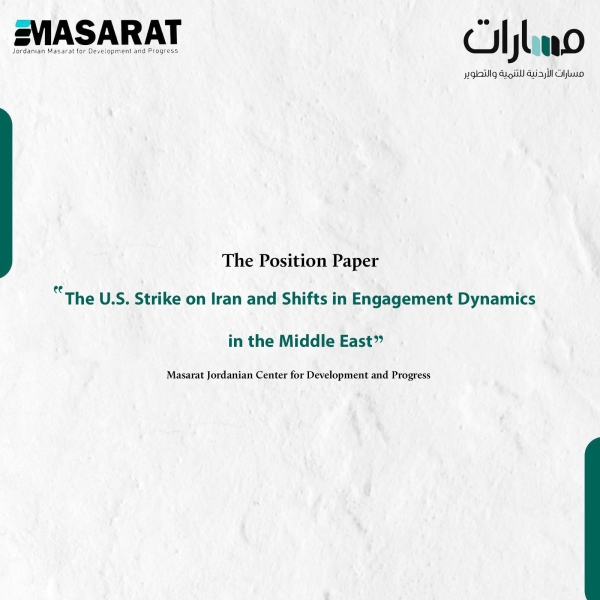
Introduction
The recent U.S. strike on Iranian nuclear facilities represents a pivotal event, revealing profound transformations in how regional and international actors approach the nature, boundaries, tools, and goals of conflict in the Middle East.
This paper aims to deconstruct the components of this shift, analyze the strategic implications of the strike, and assess its broader impact in light of the region’s shifting balance of power. Through tracing the sequence of events and examining the repositioning of global and regional powers, the paper argues a central hypothesis: we are not merely witnessing a new round of escalation, but a transformative shift redefining the rules of deterrence, sovereignty, legitimacy, and influence in the region.
Since war and politics are managed not just through hard power but through layered signals, analyzing this strike must include unseen elements—unspoken coordination, timing, and the thresholds of possible responses. Thus, this paper moves from recounting facts to interpreting them, and from action to understanding the structures producing it.
Chapter I: From Containment to Curtailment — Changes in the Global Strategic Mood Toward Iran
The region is undergoing a critical geopolitical moment that is reshaping power dynamics and rewriting long-standing maps of influence. Among the most significant indicators of this shift is the transformation in the American attitude toward Iran.
Iran is no longer seen through the lens of its “geopolitical function,” but rather as a growing strategic burden that undermines Washington’s ability to protect its core interests in the Gulf and beyond. Iran’s long-assigned role as a regional scarecrow has backfired, weakening U.S. maneuverability and turning Iran into a crisis-reproducing entity rather than a stabilizing force.
Israel, particularly under Prime Minister Netanyahu, sees this moment as ripe for dismantling Iranian power. Israel has moved from a doctrine of containment to one of preemptive deterrence, targeting Iranian military arms in Gaza, Syria, and Lebanon—culminating in precision strikes inside Iran on nuclear sites and senior IRGC leaders.
Some Arab capitals, notably Saudi Arabia and the UAE, are pragmatically adapting to the new reality—even if this comes at the expense of collective Arab solidarity. Their alignment with Western positions signals a shift toward redefining national security on more realist grounds.
Meanwhile, China and Russia, while seeking to challenge the Western narrative, remain constrained by their economic and political interests. China avoids direct confrontation and promotes reconciliation, while Russia seeks to exploit the moment politically without opening new strategic fronts.
The Palestinian resistance, though symbolically powerful, is highly strained. Despite symbolic breakthroughs, it risks being reduced to a pawn in broader geopolitical games.
Chapter II: The U.S. Strike on Iran — Military Moment or Opening Act?
The U.S. strike targeting three highly sensitive nuclear sites marks a turning point—shifting from indirect pressure to open military engagement. Framed paradoxically by President Trump as a “moment for peace,” the strike underscores Washington’s dual-track strategy: projecting strength while seeking negotiation leverage.
The region now faces two core scenarios:
Escalation: A violent Iranian response could spiral into uncontrolled regional conflict.
Containment: A calculated, face-saving Iranian reaction could pave the way back to the negotiating table—from a weaker position.
Israel’s role is critical. It may push for expanding confrontation, either directly or by pressuring Washington. Meanwhile, China, Russia, and the EU are weighing their options—either acting as brakes to avoid global instability or using the moment to reposition strategically.
Domestically, the U.S. decision is also influenced by a mix of military advice, Congressional balances, public opinion, and upcoming elections—making internal dynamics as important as global ones.
Chapter III: From Proxy Wars to Direct Confrontation — New Rules of Engagement
The recent strike marks a strategic shift in the rules of regional engagement. No longer is this a managed pressure campaign—it is now a clear military deterrence strategy.
Iran, facing this challenge, cannot afford to not respond. Its use of advanced ballistic missiles reflects an attempt to showcase a diversified capability—targeting Israeli infrastructure with symbolic but limited casualties.
This double-edged approach—escalate just enough, but avoid full war—reveals Iran’s attempt to preserve deterrence while protecting its negotiation leverage.
Yet Iran retains the capacity to escalate through unconventional naval tools, especially in the Strait of Hormuz, threatening global energy routes via drones and explosive-laden boats.
On the U.S. side, the strike involved stealth B-2 bombers using bunker-busting MOP bombs, alongside Tomahawk missiles from naval platforms—demonstrating unprecedented precision and tech dominance, disabling Iranian radar and defenses.
Chapter IV: After Fordow — Iran’s Exposure and Strategic Shocks
The Fordow attack followed a limited ground incursion by U.S. commandos, signaling that Washington can penetrate Iranian red lines without declaring war.
There are signs that Iran may have had advance knowledge or received backchannel warnings, suggesting quiet coordination to avoid uncontrolled escalation. Russian assurances and IAEA monitoring of radioactive materials support this. In response, Iran launched limited retaliatory strikes on Israel—part of a “response without escalation” strategy aimed at preserving room for future negotiation while avoiding systemic collapse.
Iran now faces two stark options:
Escalate broadly, risking internal collapse under intensified Western assault.
Respond symbolically, absorb the blow, and maintain some control of the strategic narrative.
According to overlapping security assessments, the true goal was not just to destroy Fordow but to undermine Iran’s strategic infrastructure, missile capability, and internal morale—causing deep psychological fissures without full regime change. The current phase is a waiting game, where Israel presses for further strikes while Iran gauges its response. If Iran shows restraint, a return to cautious de-escalation may emerge. If not, conflict may intensify.
Chapter V: Iranian Response and Western Strategy — Narrowing Margins
After the strike, the West is split. The U.S. views it as leverage for diplomacy; Israel sees it as an opportunity to cripple Iran’s capabilities.
The divergence is strategic: Washington wants to negotiate a weakened Iran into a new deal; Israel prefers no deal at all and regime dismantlement.
Iran is squeezed between two options:
Direct escalation—attacking U.S. or Israeli assets, risking massive retaliation.
Symbolic resistance—missile launches, defiant speeches, “victory theater,” and psychological warfare (e.g., claiming continued operations at bombed sites). The more Iran appears unable to respond effectively, the more Israel gains international space to act under “preemptive defense.” The goal is to produce “a different Iran”—not necessarily through war, but through layered pressure leading to structural and reputational erosion, much like the North Korea containment model. The regional scene is now in an in-between phase, not war, not peace. Iran’s options depend on U.S. strategic patience and Israeli limits. Failure to maintain this balance could redraw the map—with fire, not ink.
Chapter VI: Breaking Wills and Strategic Strangulation
With the region on the edge, major questions linger:
Was the U.S. strike coordinated with backchannel agreements?
Did Iran receive a “yellow light” to save face and avoid total war?
Historical precedents suggest this is possible. Past U.S.–Iran interactions have featured “gray zone understandings”, allowing repositioning without complete rupture. The timing, precision, and low casualty rate of this strike support the theory of indirect coordination.
This raises the key question:
Was this merely a “calculated response,” or the start of a new phase of overt will-breaking?
The answer depends on:
- The true level of damage to Iran’s nuclear infrastructure and
- Whether Iran had time to evacuate or protect its assets
If the damage is more symbolic, Iran may contain it. If it is strategic and deep, Iran may recalibrate drastically. Regardless, the future of this engagement hinges on still-unrevealed backstage details—from secret channels to internal calculations to red lines not made public. Understanding the environment that produced the strike is now more important than the strike itself. In this conflict, sometimes silence speaks louder than firepower.
Conclusion
While the current U.S.–Iran exchange may appear as deterrence theater, it actually shows deep structural repositioning by all players. First, Iran can no longer exploit its influence tools without paying internal costs. Second the U.S. is shifting from hegemonic dominance to surgical, selective intervention. And third, Israel, operating from the shadows, is redefining multi-front preemptive deterrence.
The battle is no longer just over influence—but how influence itself is defined. The future of this confrontation depends on each actor’s ability to manage strategic fragility—within alliances, responses, and domestic fronts. Failure to do so may lead not just to exposure, but collapse without a single shot fired. The region may not necessarily witness open war—but a reordering of losses into negotiating cards, and defeats into repositioning strategies.

